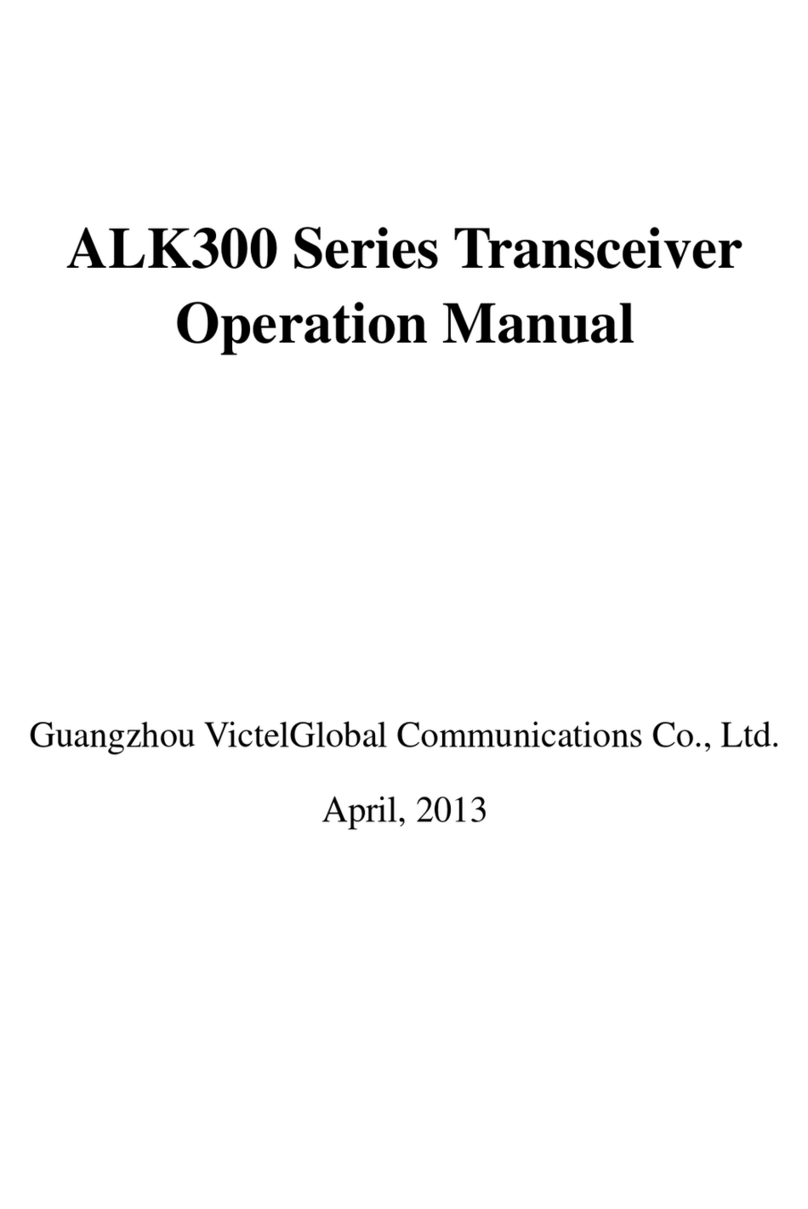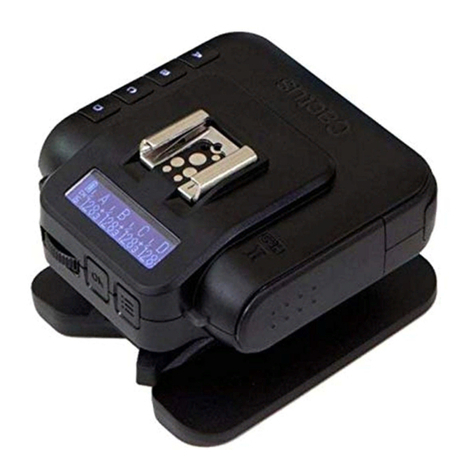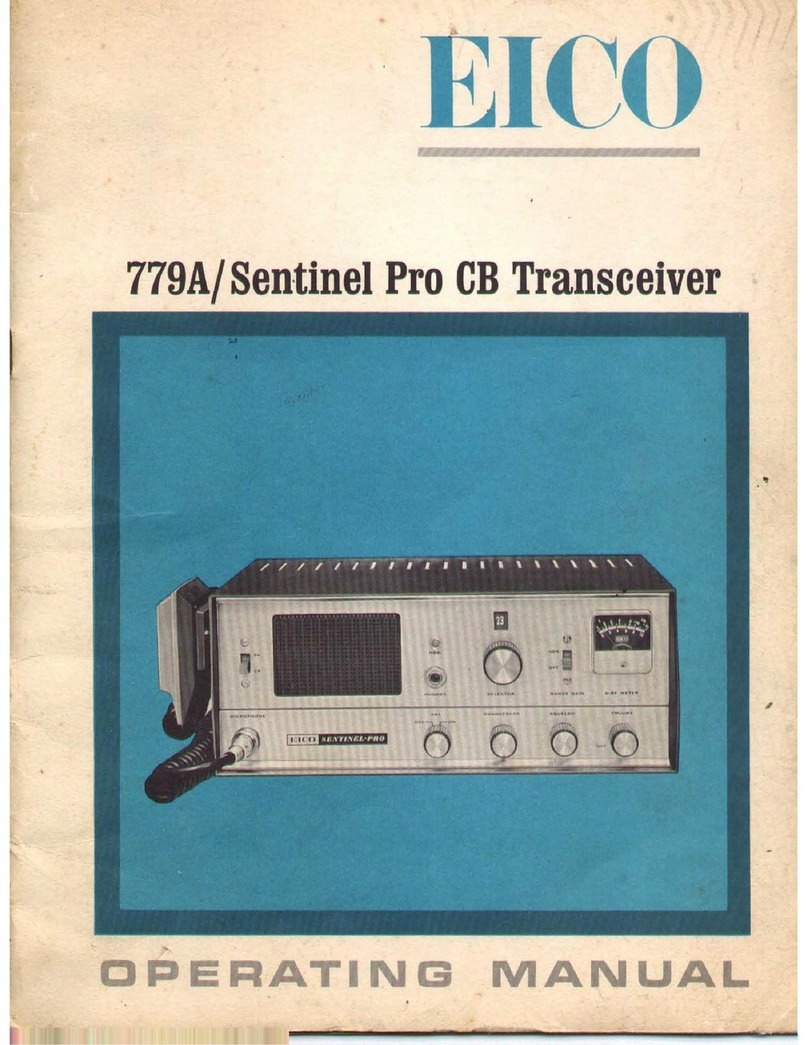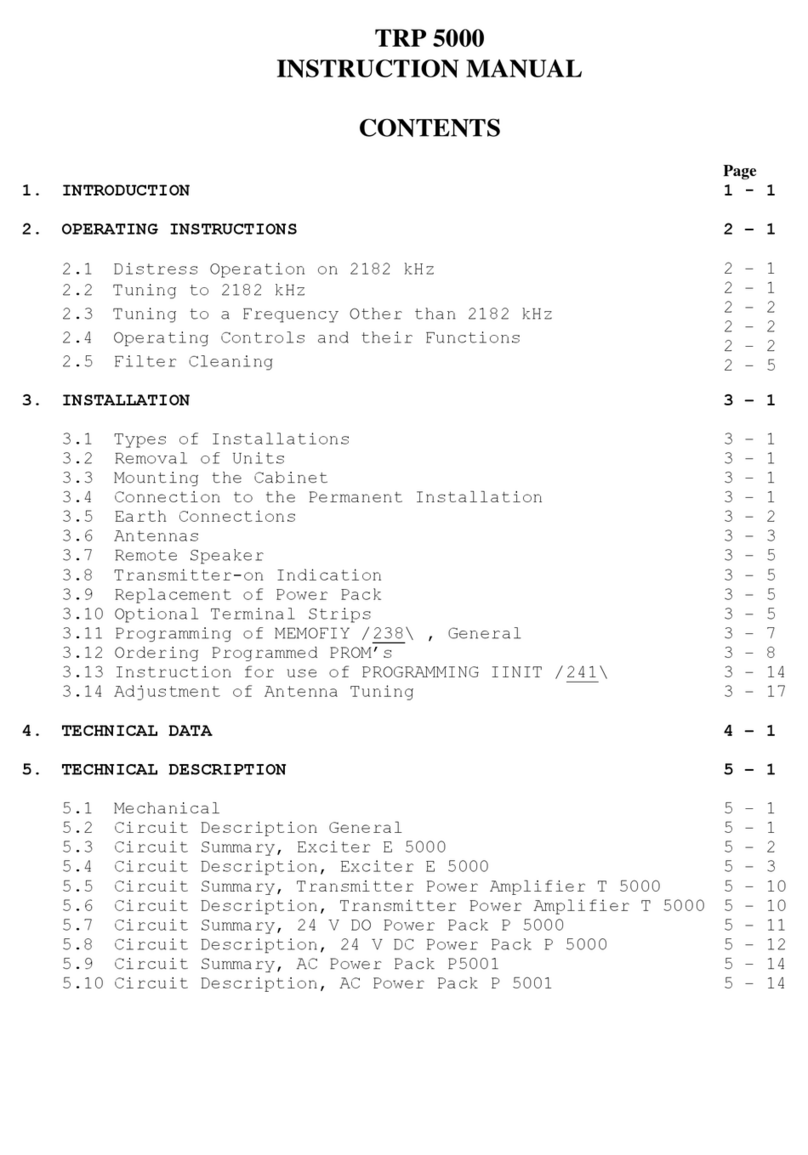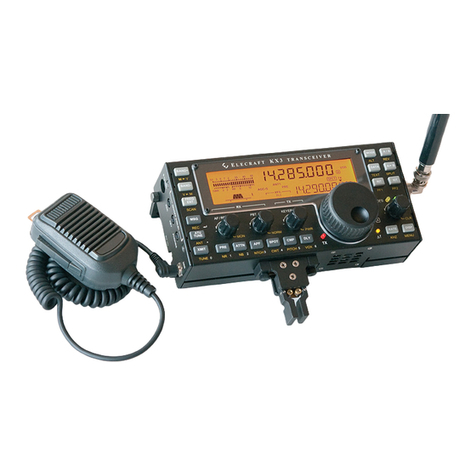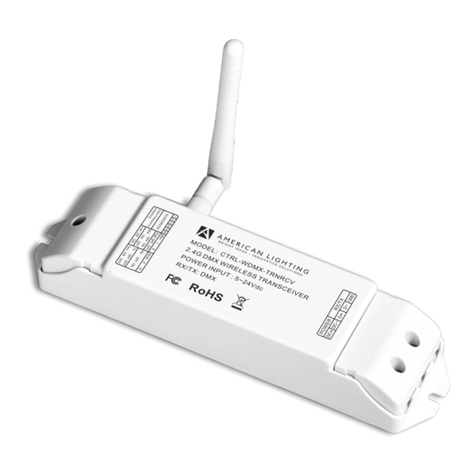7.
Turn the MIC GAIN control cw until the meter is just on the verge of flickering on voice peaks,
but no further. This will require a lower setting of the MIC GAIN control than is used in SSB opera-
tion.
8.
The 753 is now properly set up for AM operation. Least distortion on AM reception will
usually be obtained when tuned slightly to one side of "peak".
ADDITIONAL NOTES ON CONTROLS
MODE SWITCH
The rear apron KEY jack is internally disconnected at the SSB and AM positions of the MODE
switch, thus allowing a key to be plugged into the KEY jack in all modes of operation. Note that in
manual CW operation (FUNCTION switch at PTT), closing the key without depressing the PTT button
(thus remaining at receive) may possibly result in an annoying audible oscillation. Of course, no
transmission occurs.
In
break-in CW operation
(
FUNCTION switch at VOX), closing the key auto-
matically causes the VOX relay to trigger to "on" and provides the desired break-in. In the TUNE
position of the MODE switch, the keying circuit is internally grounded to place the transceiver in the
transmit condition. Simultaneously, one of the 7360 balanced modulator deflection plates is grounded
to provide greater than normal drive of the final amplifier for tune up.
It
must be noted that, with an
antenna connected, full power CW transmission will occur at the TUNE position and cause undesired
interf erence on the frequency in use. Therefore, perfor m the tune-up procedure as quickly as possible.
PA TUNE & PA LOAD CONTROLS
Note that the PA TUNE and PA LOAD controls are inter-dependent. As the PA LOAD is turned
cw (increasing the meter reading), repetitive readjustment of the PA TUNE control for a "dip" in the
meter reading is required. At a meter reading of 250-300ma, proper loading to 200 watts peak input
is obtained. Do not exceed a loading current of 300ma, as additional input power from a 750V supply
will not provide increased output power because of decreasing efficiency of the 753 final amplifier.
In making these adjustments, it will be possible to observe whether the conditions for proper
operation of the linear final amplifier are obtained; namely, proper idling current adjustment, and
enough drive for adequate peak plate current in the off -resonance condition. Presu ming proper set-
ting of the rear apron BIAS control as given in OPERATION, and proper adjustment of the EXCITE R
tune control, a maximum off -resonance plate cur rent greater than 350ma should be read on either
side of the "dip" point obtained with the PA TUNE control. This value of off -resonance plate current
may not be achieved
if
AC line voltage is below the rated input of 115 VAC with the Model 751 AC
supply or below 12. 0 VDC input with the Model 752 Mobile supply; also
if,
for any reason, there is
low plate supply voltage to the final amplifier at full load, low driver B+ voltage, incorrectly opera-
ting exciter stages providing low drive, or def ective final amplifier tubes.
If
low off -resonance plate
current is obtained because of low AC line supply or battery voltage, operation will not be impaired
as long as the PA LOAD control is not adjusted to produce excessive loading conditions. Do not, in
any circumstance, advance the PA LOAD control so that the plate current at the resonant dip exceeds
85% of the off-resonance plate current observed by detuning the PA TUNE control.
If
the "dip" point reading exceeds 300ma with the PA LOAD control turned fully ccw, then antenna
load impedance is less than 40 ohms.
If
the "dip" point reading remains less than 300ma with the PA
LOAD control turned fully cw, then antenna load impedance is over 80 ohms.
If
either of these condi-
tions obtain, it will be necessary to adjust the antenna impedance to present a proper load at the
transceiver antenna ter minals. This may be done by means of impedance matching networks, or, in
some cases, by adjusting the length of the transmission line to obtain a terminal impedance within
the matching range. The remedy for a particular case (impedance below the matching range with a
mobile antenna) is described under Antennas in the Installation section. Unless proper matching an:d
loading is obtained, excessive distortion will occur in SSB operation.
8




